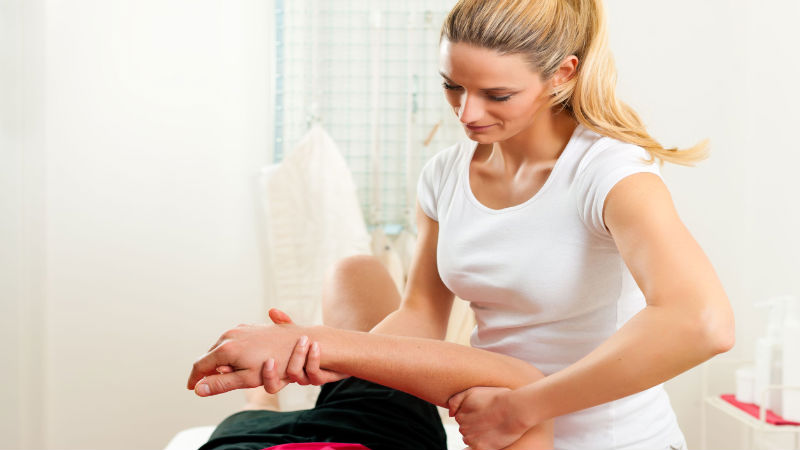In the rapidly evolving world of healthcare, patient safety and adherence to strict regulations are of utmost importance. The packaging of medical devices plays a pivotal role in supporting both objectives. When searching for reliable solutions, many professionals turn to Medical Device Packaging as a key aspect of ensuring the integrity and safety of medical products throughout their lifecycle. Understanding how packaging contributes to safety and compliance is essential for manufacturers, healthcare providers, and patients alike.
Safeguarding Patient Safety Through Packaging
The core purpose of medical device packaging extends far beyond mere containment. It must protect devices from contamination, physical damage, and environmental factors such as moisture, light, and temperature fluctuations. This protection is vital for maintaining product sterility and functionality until the point of use.
Key ways packaging ensures patient safety include:
• Sterility Maintenance: Many medical devices require a sterile barrier system to prevent microbial contamination. Packaging materials are selected and engineered to maintain sterility from the manufacturing facility to the end user.
• Tamper Evidence: Packaging often incorporates tamper-evident features, which alert healthcare professionals and patients to potential compromise. This helps prevent the use of devices that may have been contaminated or altered.
• Clear Labeling and Instructions: Accurate, legible labeling and user instructions are essential. They minimize the risk of misuse, ensuring that healthcare providers and patients handle devices correctly and safely.
Meeting Rigorous Regulatory Requirements
In the United States, medical device packaging is regulated by the Food and Drug Administration (FDA). Compliance with these regulations is non-negotiable, as it directly impacts the safety and efficacy of medical devices.
Several regulatory factors influence packaging design and production:
• Good Manufacturing Practices (GMP): Manufacturers must adhere to GMP guidelines, which cover all aspects of production, including packaging controls. These practices ensure consistency, quality, and traceability.
• Validation and Testing: Packaging systems undergo rigorous validation to demonstrate their ability to protect devices under real-world conditions. This includes stability testing, seal integrity assessments, and transportation simulations.
• Labeling Requirements: The FDA mandates specific information on device packaging, such as expiration dates, lot numbers, and usage instructions. Accurate labeling facilitates traceability in the event of recalls and supports informed decision-making by healthcare professionals.
Addressing Evolving Challenges and Innovations
The landscape of medical device packaging continues to evolve with new challenges and technological advancements. Manufacturers are increasingly adopting eco-friendly materials and smart packaging solutions that integrate digital tracking for enhanced supply chain visibility. At the same time, packaging must adapt to complex device designs and the growing trend of at-home healthcare.
Recent innovations include:
• Sustainable Materials: The shift toward recyclable and biodegradable packaging materials supports environmental goals while maintaining safety and compliance.
• Smart Packaging Technologies: Integration of sensors and RFID tags enables real-time monitoring of storage conditions and device authenticity, further reducing risks to patient safety.
Ensuring Confidence from Manufacturer to Patient
Ultimately, effective packaging acts as a silent guardian, ensuring that medical devices reach healthcare professionals and patients in optimal condition. By meeting stringent regulatory standards and leveraging innovative materials and technologies, packaging solutions contribute significantly to the safe and effective use of medical devices across the United States.
Recognizing the importance of proper packaging is essential for everyone involved in the medical device supply chain. As the healthcare industry advances, continuous improvements in packaging will remain a cornerstone of patient safety and regulatory compliance, fostering trust and confidence in medical technologies nationwide.



